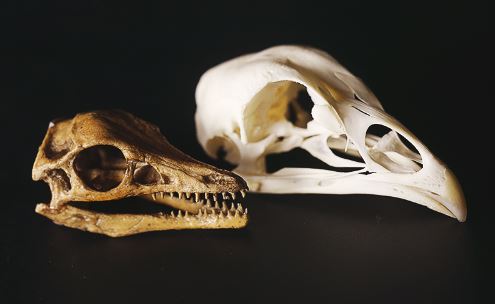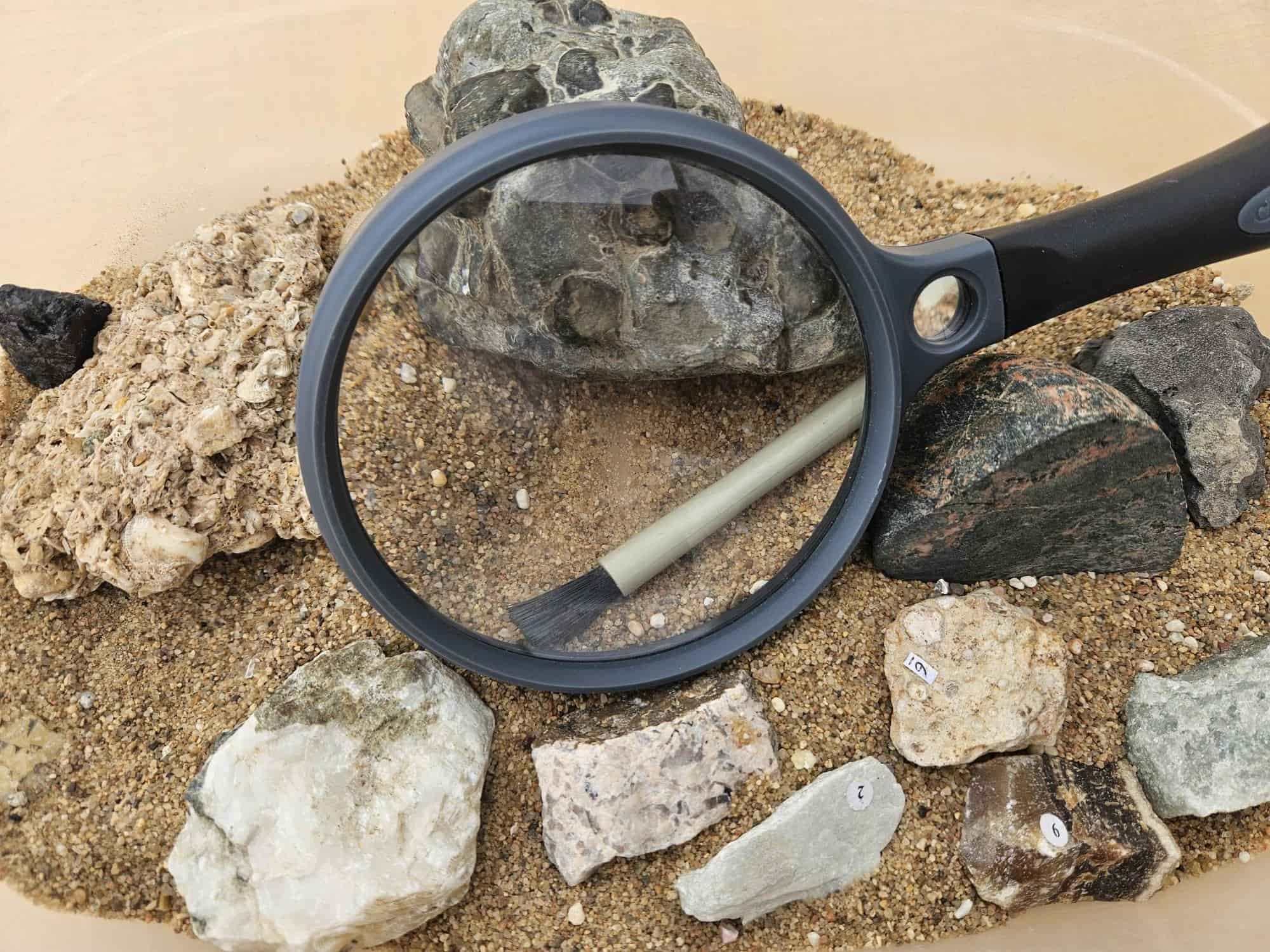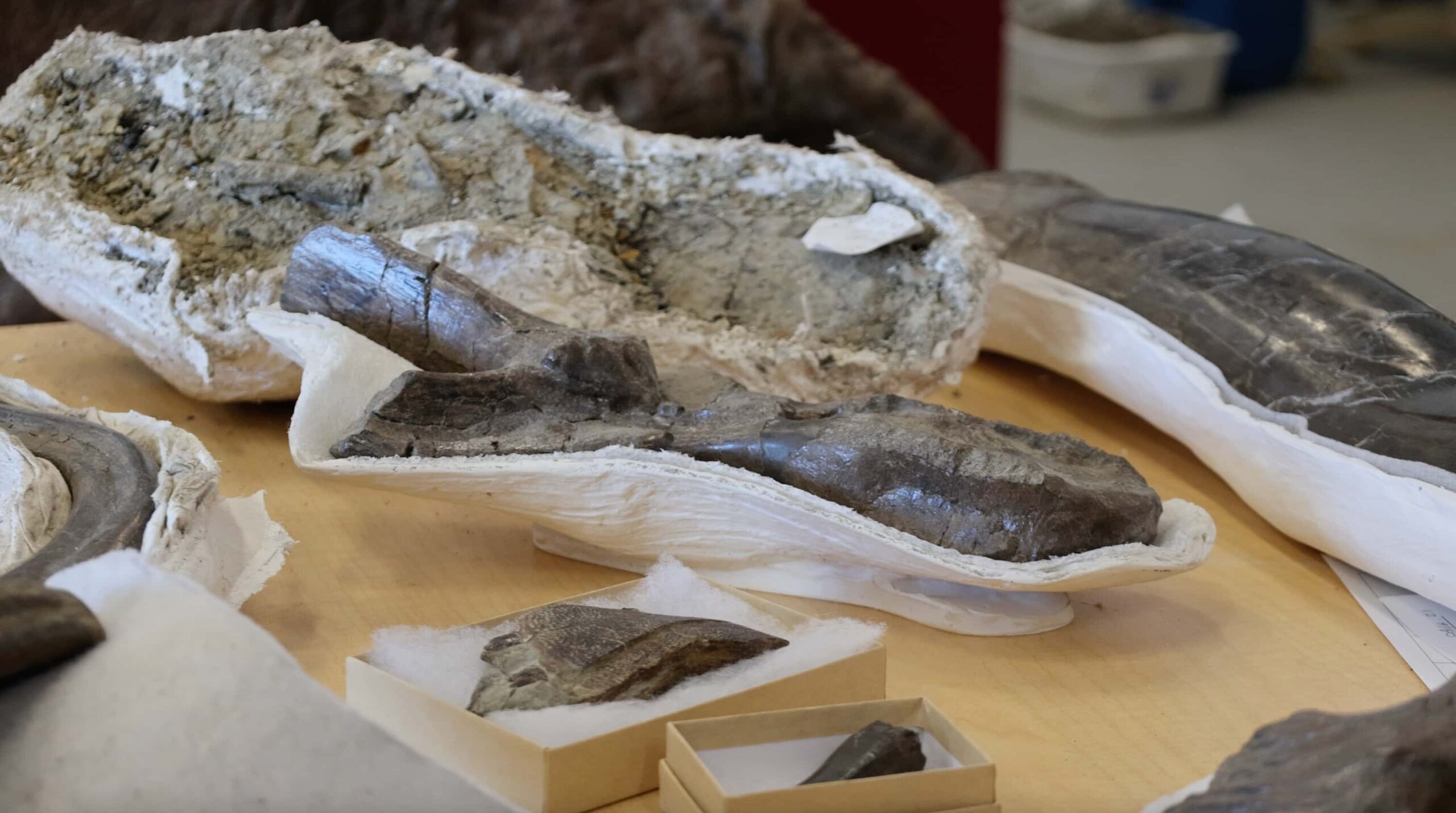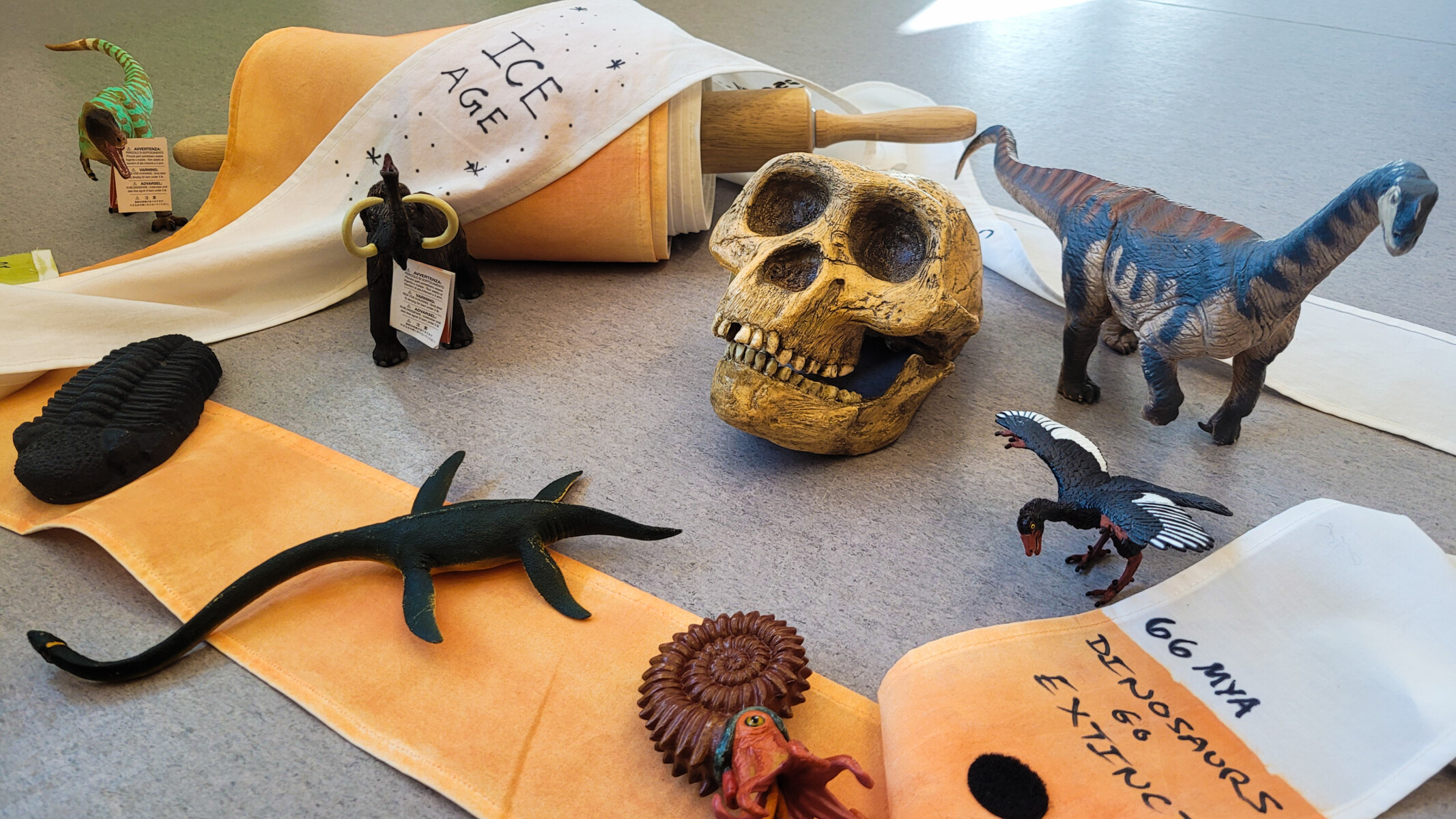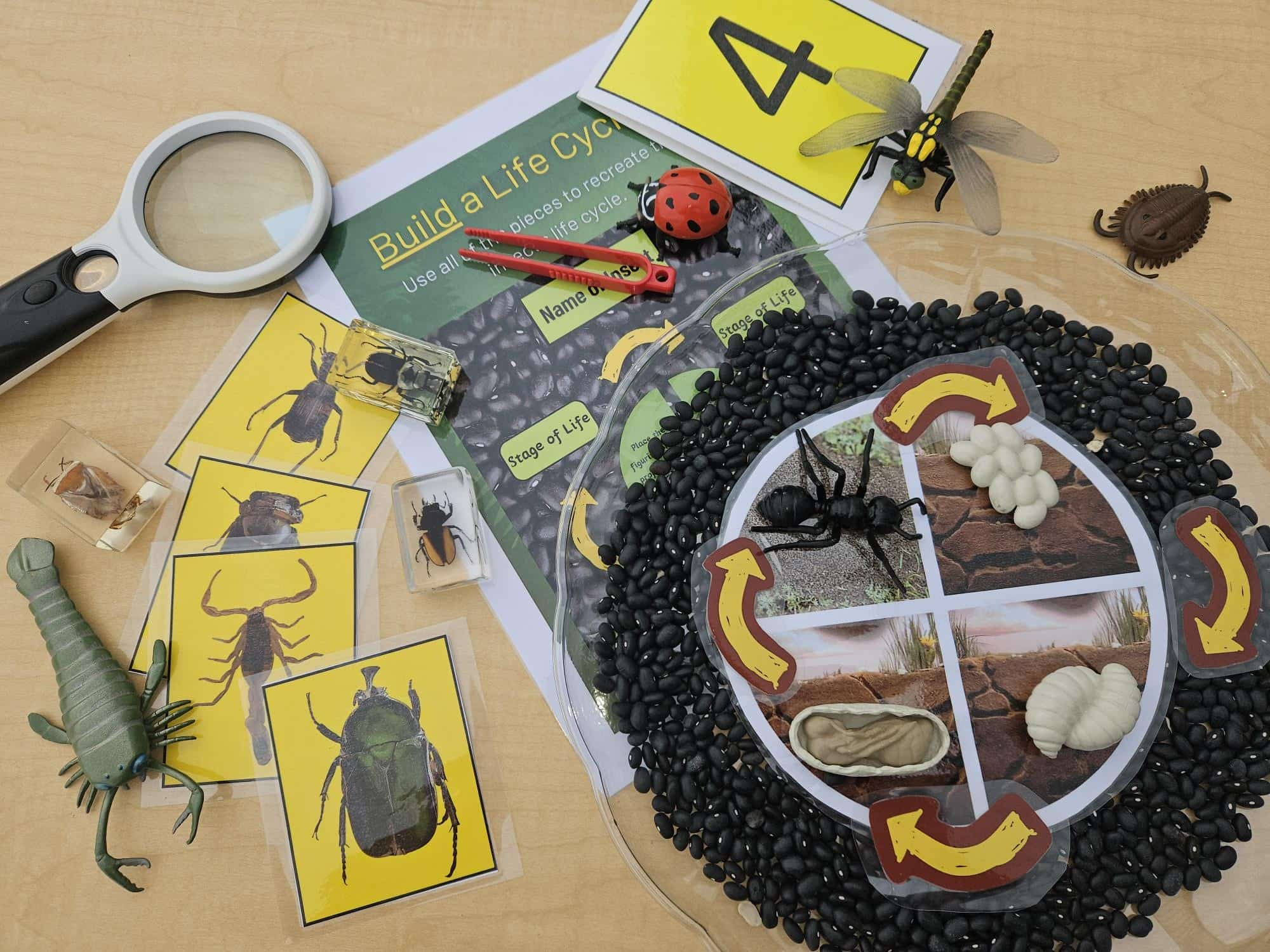ALL 2024-2025 FIELD TRIP DATES ARE NOW FULLY BOOKED.
GROUPS CAN STILL VISIT THE MUSEUM, BUT EDUCATIONAL PROGRAMS WILL NOT BE AVAILABLE. SEE YOU NEXT YEAR!
BOOK AHEAD
2025-2026 SCHOOL YEAR
2025-2026 SCHOOL YEAR
K-12 SCHOOL PROGRAMS WITH CURRICULUM CONNECTIONS INCLUDING PALAEONTOLOGY, EVOLUTION, EARTH CHANGES, GEOLOGY, SOCIAL STUDIES, SCIENCE, AND PALAEO-ART.
To make a class field trip to our museum, complete a school booking form HERE. Our Programs Manager will contact you once the form is complete.
For in-class visits to your schools, consisting of a 60 minute fossilization program and Q & A, complete an in-class booking form HERE.
For school groups looking for a fun end-of-year event, our Night at the Museum overnight experience is a hit with all grades. To book, contact programsmanager@dinomuseum.ca.




